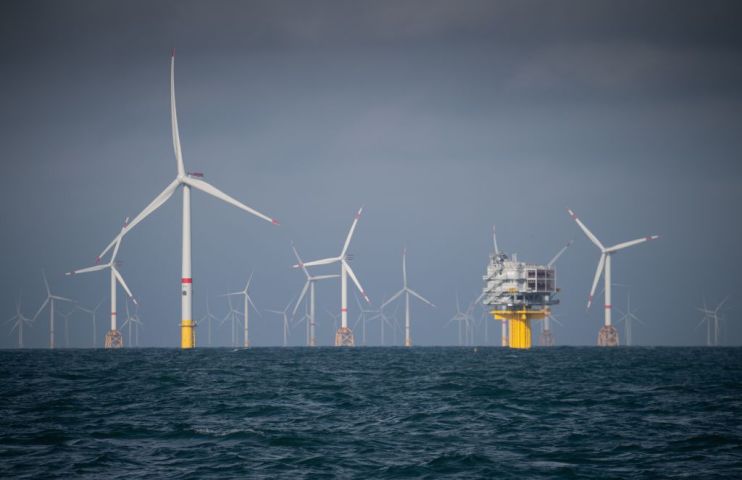OEUK: UK must double wind turbine installation rates to meet energy targets

The Government will have to at least double the rate of offshore wind turbine installations to meet its energy security targets, warned one of the country’s leading energy bodies.
In its upcoming Economic Report – set to be published next week – Offshore Energies UK (OEUK) has called on the next Prime Minister to reform the development process, so that the industry can boost offshore wind from 12GW to 50GW by the end of the decade, in line with Downing Street ambitions.
OEUK has urged the Government to cut planning consent times from four years to one, streamline the environmental assessment process, create a fast-track process for non-controversial projects, and cut red tape with an Offshore Wind Acceleration Task Force to oversee developments.
While green group RenewableUK has recently forecast that a whopping 86GW of offshore wind projects are in various stages of the development pipeline, OEUK argued the vast majority are not in line for completion this decade.
Ross Dornan, lead author of OEUK’s Economic Report, revealed that OEUK was aware of 40 projects intended for completion through to 2030, but that 46 per cent (almost 18.5 GW) remained at concept stage.
Such projects typically take 13-plus years to move from concept to operation, many far longer – largely due to delays in government planning and approval processes.
Dornan argued that the UK’s offshore industry could achieve many of the government’s targets – and could even speed up new turbines three-fold over the coming.
However, this depended on the proposed changes being implemented as soon as possible.
He said: “History shows that it takes around 13 years to progress from concept and application stage through to operations. This means that the UK’s 50 GW ambitions will only be achieved if this can be sped up.”
OEUK has outlined that to meet Government targets, the country will need to install an estimated 3,200 new wind turbines by 2030 – roughly three every two days.
The world’s largest onshore wind farm Hornsea 2 was completed last week, 55 miles off the Yorkshire coast, providing enough electricity to power 1.3m homes.
Other mega-projects in the North Sea include Seagreen and Dogger Bank, which are both being overseen by legacy oil and gas companies.
Tory leadership contender and Foreign Secretary Liz Truss is widely expected to be named Prime Minister by Conservative Party members tomorrow.
During the campaign, she has called for production to be ramped up to meet the country’s energy needs.
A spokesperson said: “Liz is dedicated to boosting our energy supply and doing so quickly – to help bring down the cost of energy and make us less vulnerable to global energy price spikes and malign foreign actors. She understands the need to get our infrastructure up and running quicker, and if elected will work in Government to this end.”
Last week, Liz Truss backer Jacob Rees-Mogg meet with oil and gas companies to discuss ramping up supplies this winter. – as first reported by City A.M.
Meanwhile, OEUK has recently also called for climate compatibility checkpoints to be clarified for North Sea oil and gas exploration, as part of its wider push to speed up projects.
Separately, Renewable UK and Greenpeace have both called for planning reforms to ramp up onshore wind developments.